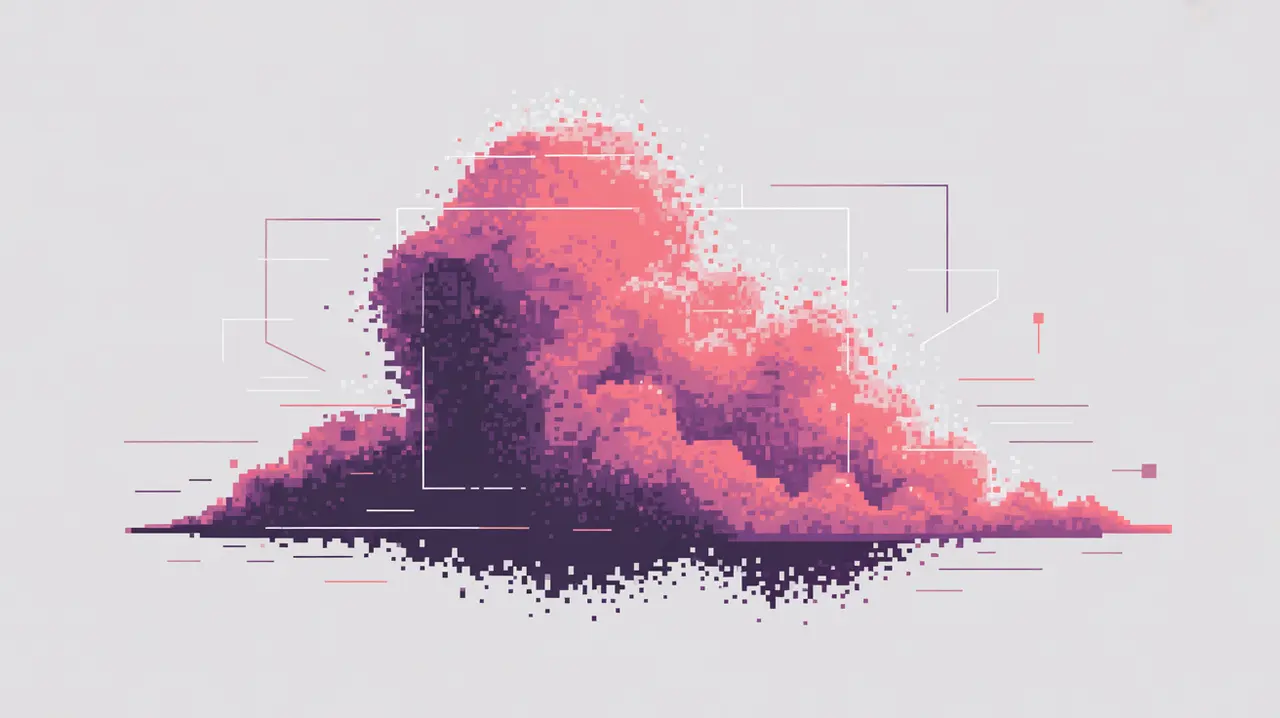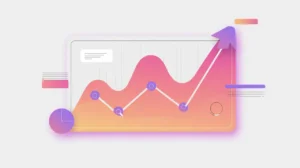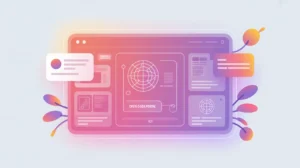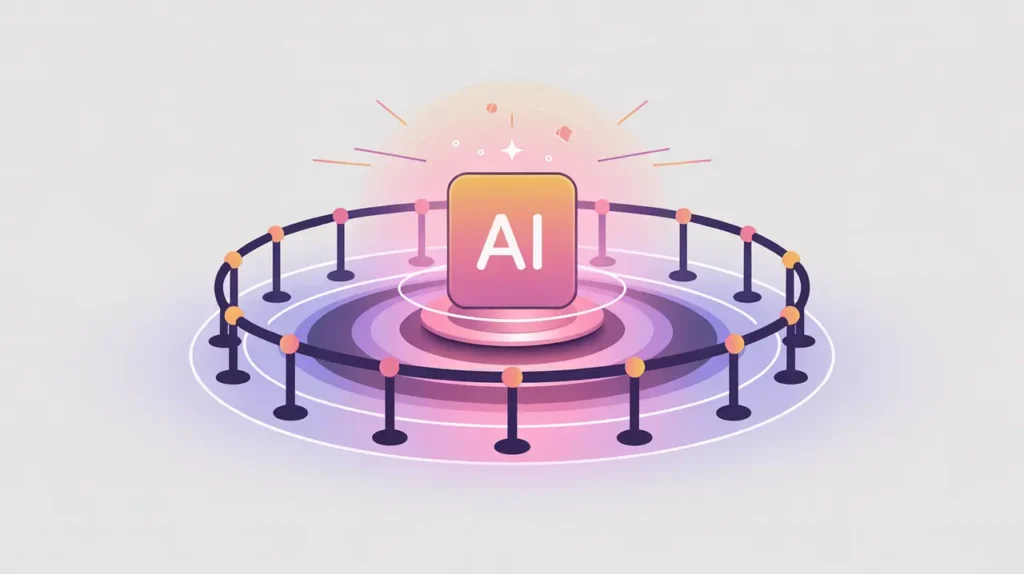Importance of Diffusion Models
Diffusion Models have emerged as one of the most transformative approaches in Artificial Intelligence, particularly for generating high-quality images, audio, and video. They matter today because they represent a breakthrough in how machines can create realistic, detailed content that rivals human production. Their rise has fueled the current wave of generative tools used in art, design, science, and education, making them central to public discussions about creativity and AI.
For social innovation and international development, Diffusion Models offer opportunities to expand access to communication and storytelling. They can generate culturally relevant visuals for campaigns, produce training materials in resource-limited contexts, or simulate scenarios to guide planning and preparedness. At the same time, they raise new questions about authenticity, representation, and ethical deployment in vulnerable communities.
Definition and Key Features
Diffusion Models are generative systems that learn to create data by reversing a process of adding noise. During training, data such as images are gradually degraded with random noise, and the model learns how to reconstruct the original data from this noisy version. Once trained, the model can start with pure noise and iteratively denoise it to generate entirely new content. This approach has proven especially effective for producing crisp, high-resolution images.
They differ from earlier generative techniques such as Generative Adversarial Networks (GANs), which use competition between two models to refine outputs. Diffusion Models are prized for their stability and the fine-grained control they offer over the generative process. They are not simply image filters or editing tools, but systems capable of synthesizing original content based on patterns learned from massive training datasets.
How this Works in Practice
In practice, Diffusion Models rely on a step-by-step process. First, noise is added to an input until it becomes unrecognizable. The model then learns the reverse process, gradually reconstructing the data in small steps. By repeating this process with random noise as input, the model can generate new examples that follow the distribution of the training data. Conditioning mechanisms allow users to guide the generation process with prompts, such as text descriptions or reference images.
Popular systems like Stable Diffusion have made this technology widely accessible, allowing users to generate images from simple text prompts. Variants are now being developed for audio, video, and even scientific data generation. The adaptability of the method makes it suitable for a wide range of domains, but its reliance on massive datasets introduces risks of bias and copyright infringement. Ensuring that outputs are ethical and contextually relevant is an ongoing challenge.
Implications for Social Innovators
Diffusion Models create new opportunities for mission-driven organizations to communicate and operate more effectively. Nonprofits can use them to generate localized campaign visuals that reflect community identities without the costs of traditional design. Educators can create context-specific illustrations, diagrams, or storybooks in multiple languages to support literacy and engagement. Health organizations can produce visual training materials for clinics where professional design resources are unavailable.
In agriculture, Diffusion Models can generate synthetic images of crops with different diseases, helping train diagnostic systems without requiring thousands of real-world samples. Humanitarian agencies can simulate disaster scenarios visually, supporting preparedness and training exercises. These applications highlight how Diffusion Models can make creativity and communication more inclusive. The challenge lies in governance: ensuring transparency about what is AI-generated, avoiding harmful stereotypes, and preventing misuse for misinformation or manipulation.







